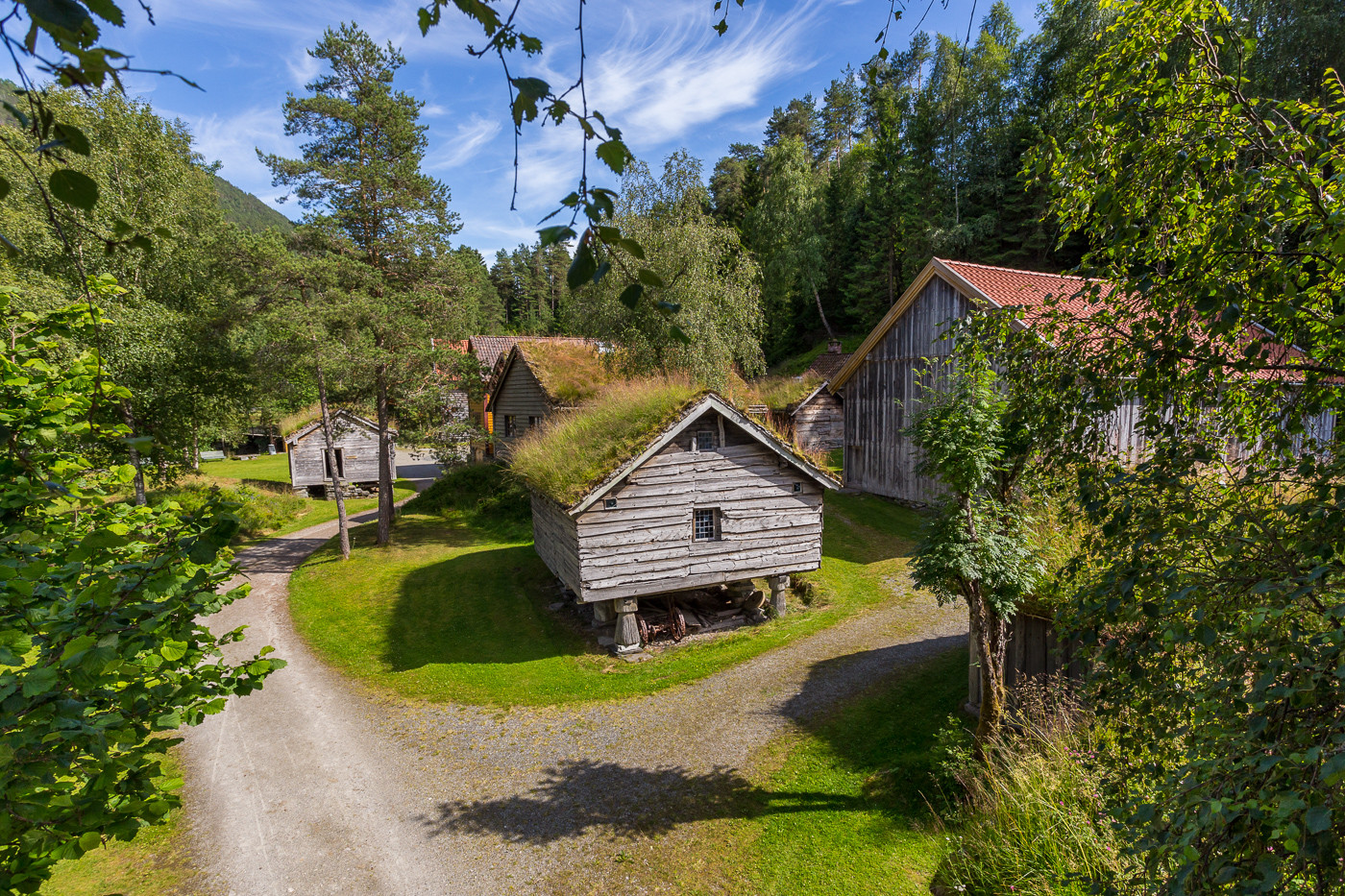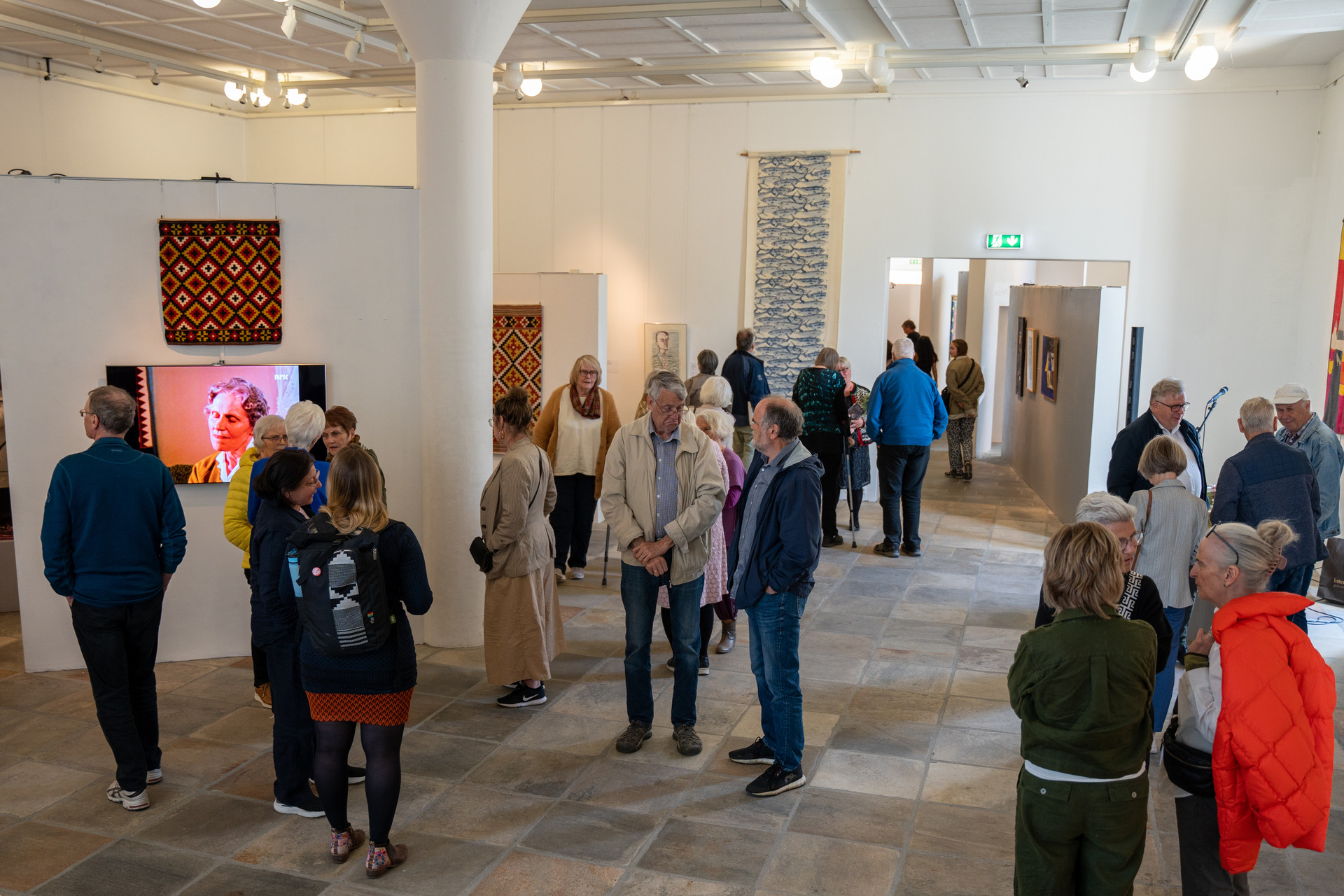The beginning
Nordfjord Museum was opened in 1920, but as early as 1907, the initiative was taken to establish a village museum for the villages in Gloppen parish. At the same time, Firda Ungdomslag took up the question of establishing a museum for the whole of Nordfjord. The result was the formation of a history club in 1908, consisting of both parties, whose task was to collect money and materials for a folk museum that would preserve things from the old village culture in Nordfjord.
After a fierce dispute over the location, it was decided in 1910 that the museum would be located in Sandane. It was given a plot of land in Åsen that the Gloppen County Council had made available, as well as a plot of land on Øyrane, where the vessel Holvikejekta was located. In 1915, the Nordfjord Museum was given its own board, and the museum board handed over everything related to the museum and the jetty.
On July 25, 1920, the Nordfjord Folkemuseum was opened, as a small open-air museum with stoves from Sæta, Otnheim and Dispa, a hut and storehouse from Heggdal, and the old schoolhouse from Austrheim. Over the next few years, a stove and a new stove from Ramnestad and a hut from Bergset were added. In 1950, the museum had ten buildings and 2,000 objects. There was a desire for a new museum park, and the museum turned to the Gloppen County Council with a question about a larger plot of land.

On the advice of the Norwegian Museums Association and architect Arne Berg, the museum was moved to another and larger area, Jølet. Arne Berg also prepared the plan for the museum. The first houses were moved in 1960, and six years later all ten houses from Åsen were in place in Jølet. From 1967, a targeted effort was initiated to obtain house types that were not previously represented at the museum. The decision was made to only move houses that would otherwise not be taken care of by the owners.
Today, there are 44 buildings in the open-air museum in addition to the administration building that was built in 1995 with a warehouse, exhibition hall, café, and office.
In 2009, Nordfjord Museum became part of the Stiftinga Musea i Sogn og Fjordane (MISF), which is the consolidated museum for Sogn og Fjordane. The board of directors of Nordfjord Folkemuseum has transferred the professional, administrative and financial responsibility to the consolidated museum. The operations are still financed through state, county and municipal grants, as well as its own income.


